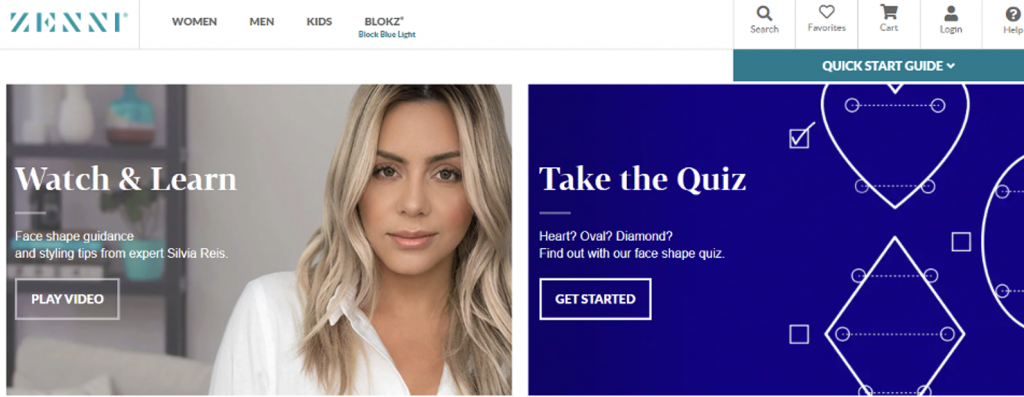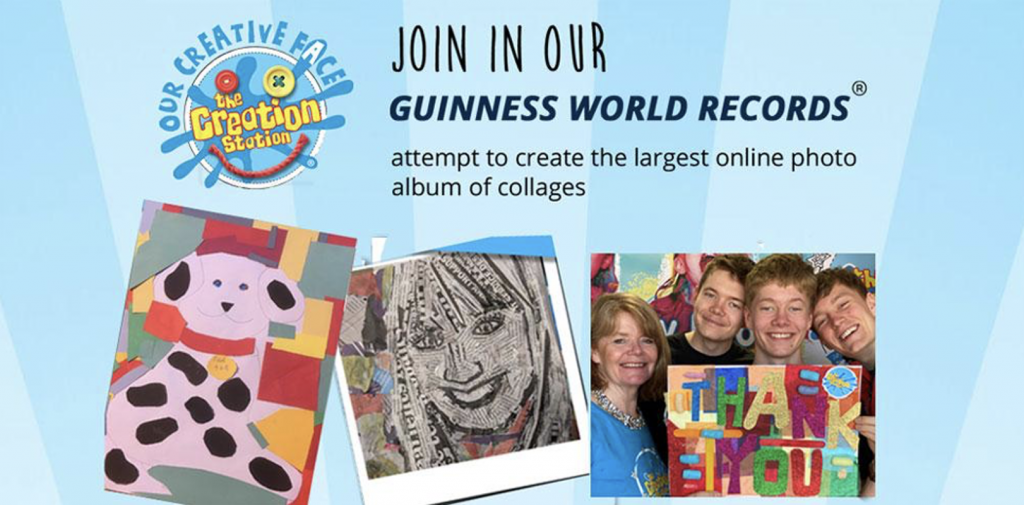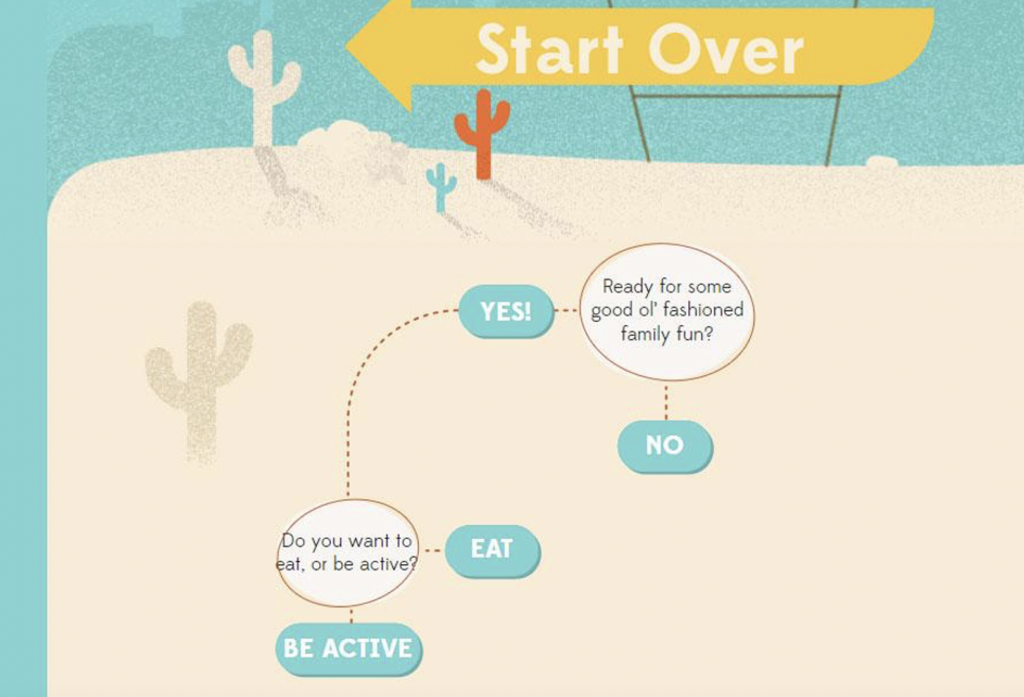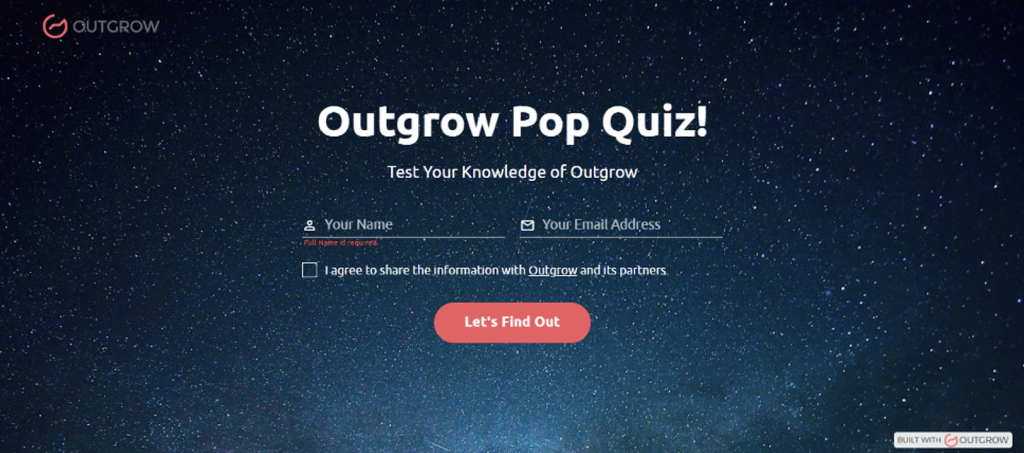How to build brand loyalty with interactive content?
The best clients are the ones who come back to you themselves. Statistically, the probability of making a new deal with an existing client is 60-70%. On the other hand, the probability of selling to a new one varies between 5-20%. But how do you keep a client coming back to you? Different strategies are used for this, and the most effective of them is building brand loyalty.
But how do you effectively attract new customers and retain existing ones at the same time? The key is the same brand loyalty, and the best way to strengthen it is to actively interact with your target audience. Interactive content provides that opportunity, and more brands are beginning to use it for building and strengthening relationships with their customers.
Interactive content is not just a trend, but a distinct field called interactive marketing. In addition to building brand loyalty and retaining existing customers, it helps with increasing the reach of the target audience, boosting popularity and reducing the cost of advertising campaigns in general. Also, original interactive content allows you to stand out from your competitors.
Using case examples provided by Denis Lagutenko, the founder of the AdsProfit advertising agency and major Instagram influencer, let’s find out how interactive content helps to form brand loyalty and what types of interactive content are especially effective at the moment.
The advantages of interactive content
People appreciate attention, and interactive content is a way for a brand to show it. This type of content allows you to interact closely with your target audience and strengthen your relationship with them. Its main advantage is its versatility: it helps to guide and educate both existing and potential customers.
Also among the advantages of interactive content are:
- Customer education: Most people learn best by doing, when they can test their knowledge or learn something new with your product. Interactive content can educate customers, giving them the information they need in an interesting format.Subsequently, these customers might recommend this piece of content to their friends, organically expanding your outreach.
- Increased social engagement: Engagement is often used as a metric to determine which campaigns have been more successful. According to DemandGen, interactive content attracts twice as much attention as its other counterparts, such as messages.
- Increased retention rates: According to a study by the Content Marketing Institute, 73% of marketers confirmed that interactive content can significantly increase customer retention. A customer who is willing to take action on a brand’s pitch is expected to be more receptive to new offers.
- Stand out from the competition: Business2Community reports that 88% of marketers believe that using interactive content helps them stand out in their industry. It gives them the opportunity to increase brand awareness and reduce the cost of attracting new customers.
Types of interactive content
Attracting and retaining the client’s attention is becoming more and more difficult every year, so the toolkit of interactive content formats is constantly expanding. Let’s examine which of them have proven effective and are widely used at the moment.
Quizzes
It is a popular interactive content format in which users answer engaging questions. As a result, they explore the proposed topic in a game format with a competitive element. Quizzes are usually seen as entertainment, but if done right, at the same time they can communicate brand values and introduce their products.
An example of this is the Zenni brand quiz, which helps to match glasses to the shape of the face, and gives customized suggestions based on the user’s preferences. Such a quiz does not just entertain the user, but also organically helps him or her to start forming an inquiry and evaluating the seller’s assortment.

Photo contests
Photo contests are not only an effective way to increase loyalty to a company, but also a way to get original, user-generated content. Such publications attract more attention, increase on-page time, and help customers discover new brands. If you want to draw attention to your business, a photo contest can help you do that quickly.
Most often, for marketing purposes, contests are held for the best photo, at the end of which the winner receives a prize from the brand. This helps increase the number of participants and encourages them to share the link to the publication with their friends to get votes. But there might be more original approaches.
For example, the brand Creation Station invited its users to participate in the creation of the largest online gallery of collages, entered in the Guinness Book of Records – for this you only need to send your picture.

Interactive infographics
Infographics are another popular marketing tool. It allows brands to share detailed information in an interesting visual format, and the interactive elements make it not only useful but also engaging.
As a successful example, Marriott created an interactive infographic offering family vacation options in Scottsdale, Arizona. Users answer questions about their children’s ages, preferences and type of pastime, and the infographic offers options for restaurants, ranches and preserves to visit.
Users can also view additional information under headings they are interested in. This way, it becomes an organic gateway for the customer – the information that he would have searched for somewhere else is provided to him by the company’s website.

Video Marketing
Video marketing has been a high priority in marketing for a number of years, due to its ever growing popularity with the audiences. Nearly 80% of people watch video every week, and most people prefer video content to television. Interactive videos are no longer a novelty available to a few: both large and small brands can use them to increase customer loyalty.
A great example is Deloitte’s interactive video, which tells the life of the company’s employees. It allows you to immerse yourself in its atmosphere and become a participant in a story that is familiar to many, but never loses relevance. The user can choose how he would act in the place of the main character and see the reaction of other actors.

Adaptation
Adaptation stands for teaching your new customers how they can use your product or service.
When you educate your users on how to work with your product and achieve their goals along the way in the most effective way, it saves them time and effort, and increases their brand loyalty. How can you achieve this with interactive content? Any kind of interactive content will do: it can be interactive videos, surveys, quizzes, etc.
For example, an Outgrow Pop quiz contains questions about all of Outgrow’s features, different types of content, tools, etc. The point of it is to immerse the client in your service in a playful way and explain to him the principles of interaction with your product.

Why do you need interactive content?
Engaging, interactive content makes your audience part of the brand story. Whichever format you choose – if it creates a positive and memorable customer experience, over time it is sure to convert into brand loyalty.
At its core, interactive content is a trust-building exercise. Customers get to know your brand on a deeper level, and the positive experience you create shapes their perception of who you are and why your company is worth prioritizing.




